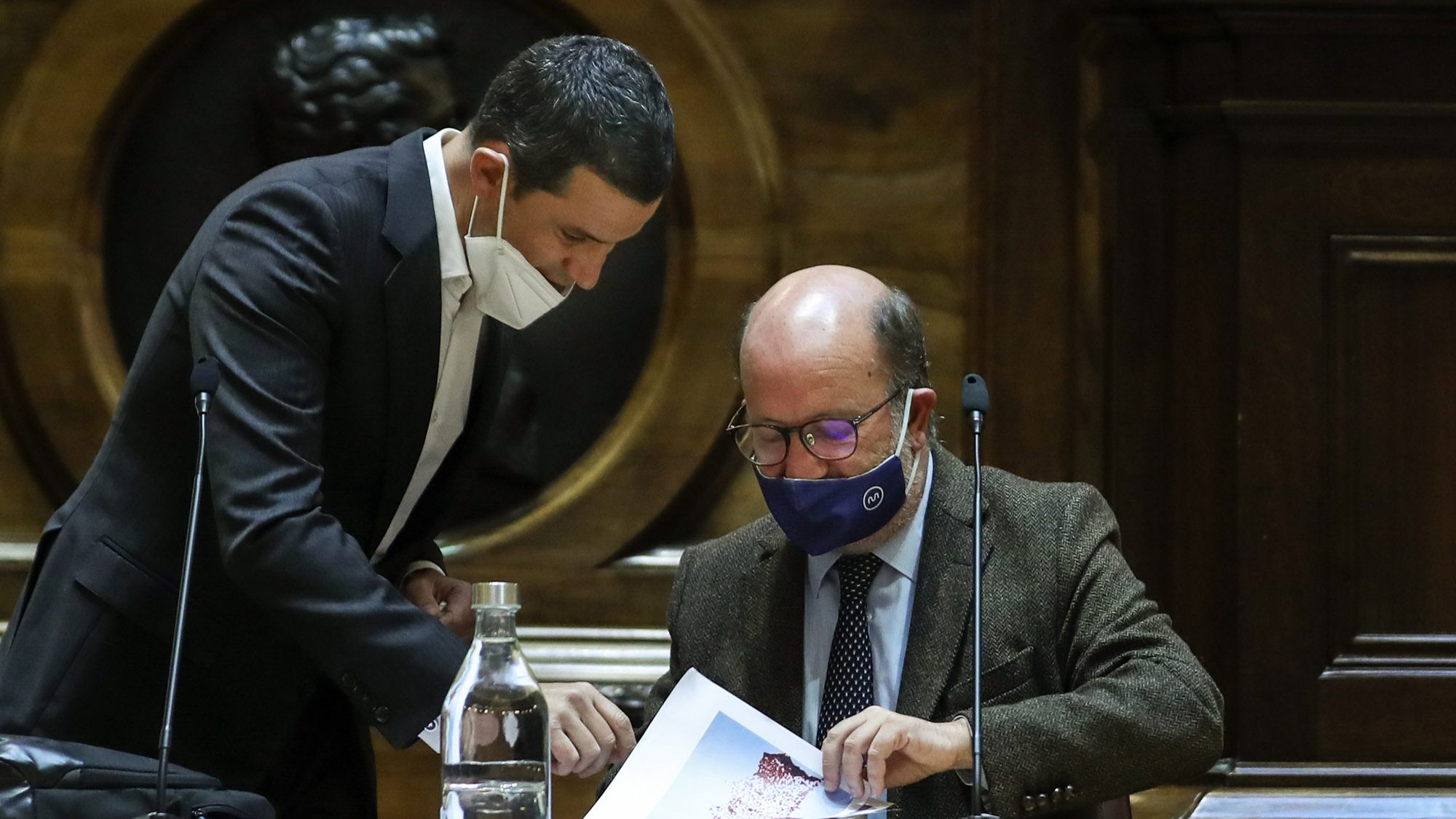Drought in north ‘quite worrying’, not catastrophic
The regional director of Agriculture and Fisheries (DRAP) of the North says The drought in the north of Portugal is "quite worrying", with the reservoirs having average storage of 64%.
The drought in the north of Portugal is “quite worrying”, but “it is not yet catastrophic”, with the reservoirs having average storage of 64%, the regional director of Agriculture and Fisheries (DRAP) of the North told Lusa on Thursday.
“We are not yet in a catastrophic situation, but in any case, it is quite worrying,” Carla Alves, responsible for DRAP North, told Lusa.
We are “monitoring what is happening”, controlling the useful storage of the various reservoirs, which is, on average, “in the order of 64%”. However, there are some cases “a little more worrying, such as Armamar, which is the main apple region, where water is fundamental” and that has “a storage a little low, 57%”.
In the same period, useful storage was 80% in 2021, 78% in 2019, and 42% in 2018, she added, stressing that this year’s level “is indeed low, but not yet at the level of 2018”.
Carla Alves said that in reservoirs “only used for agriculture, [the level of useful storage] will not decline much”.
“When there are multiple uses, for example, for public consumption, then things can get a little more complicated, as happens in Armamar,” she explains.
There’s also the case of “the mirandês plateau – which doesn’t have any reservoirs – where the soil retains less water”.
“Bragança has the Gostei reservoir, which has about 40% of useful storage”, a “low level for this time of year, but the dam does not serve many farmers”, he stresses.
The monitoring of the state of crops will also be intensified, said the regional director, who intends to “restart the work of surveying water collection and transport needs and the acquisition of equipment for livestock watering.
DRAP Norte is preparing for the possibility, “in the short term, to open applications for the acquisition of this type of equipment” and is assessing the “possibility of installing water points or cisterns in some reservoirs, for the drought contingency.
Several investments are also underway for the creation of reservoirs and hydro-agricultural facilities, he said, as well as the opening of notices for the installation of photovoltaic panels on hydro-agricultural facilities, to the value of €2.5 million, “so that farmers who use boreholes, wells or ponds can use panels for their energy savings.
“The agriculture sector is one of those that uses [water] the most, and it has to, food production requires it, and so we will continue to be the sector that uses the most water. Now, the efficiency of the use of that water is that has to change the paradigm – and it is changing,” she considers.
Carla Alves pointed to the Innovation Agenda for Agriculture 2020-2030 and mentioned that “some innovation network hubs have been created in the North”.
“We are capturing some innovation projects that meet what we are talking about, trying to understand through sensors on the leaves of the plants, which indicate the consumption and, based on that, we will be able, in the future, to indicate to the farmer when to irrigate, how much water the plant should consume,” she says.
The regional director argues that “agriculture is the one that will have to adapt to these changes, because they are here to stay, and agriculture will have to adjust to the new demands of climate change.


